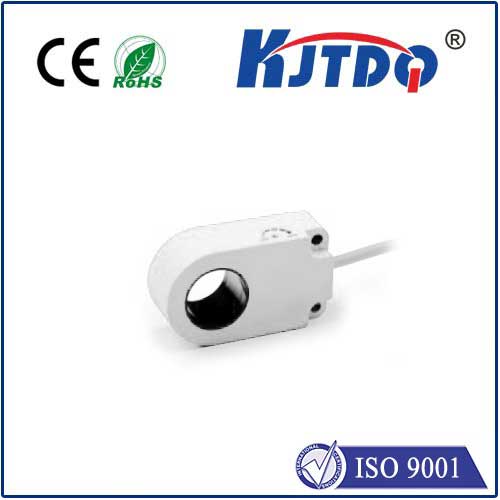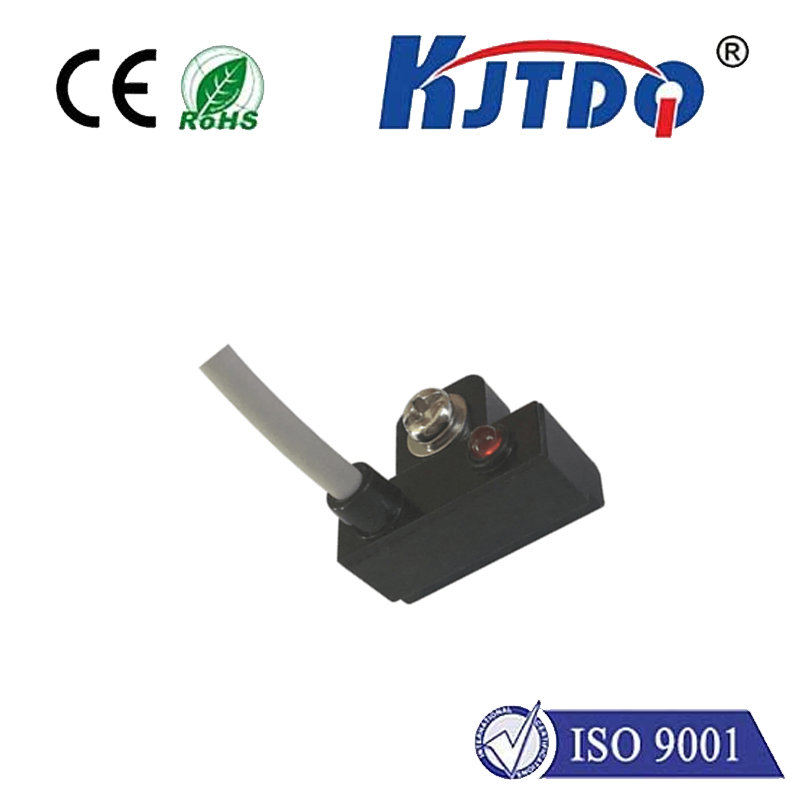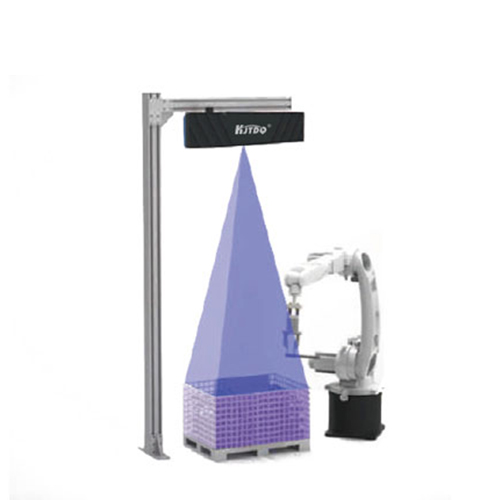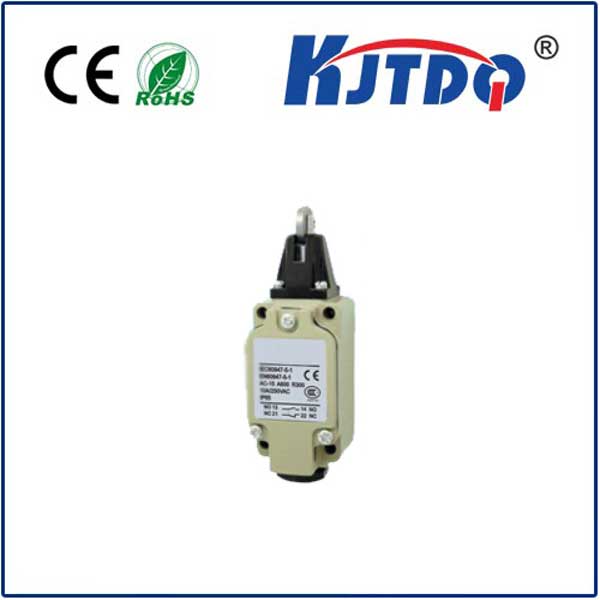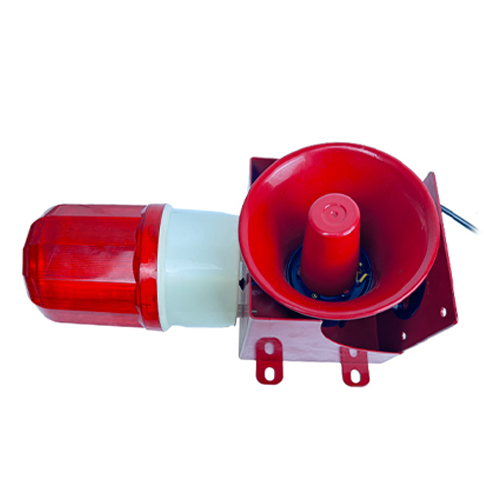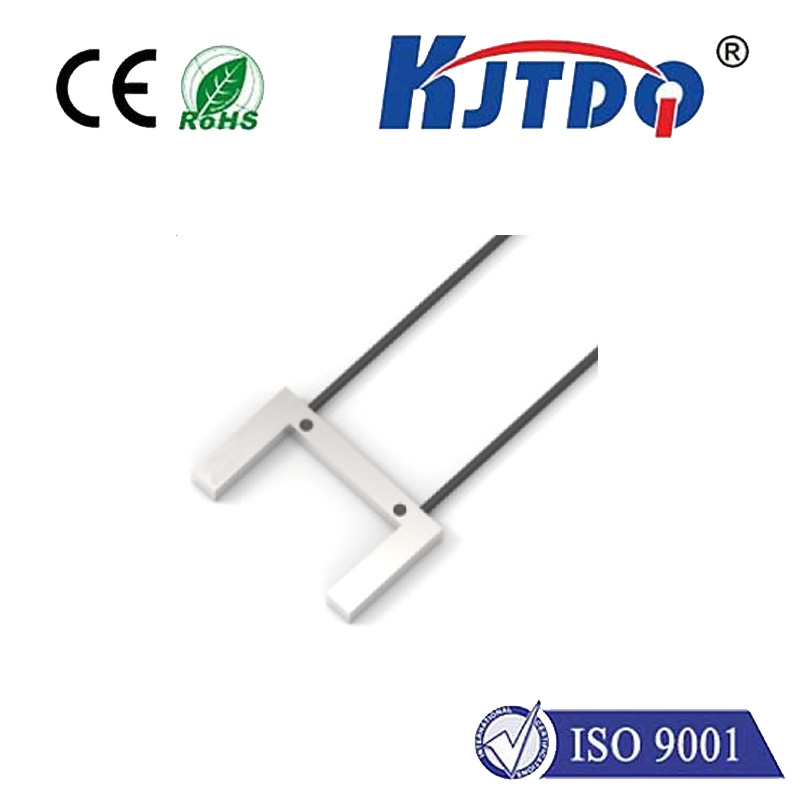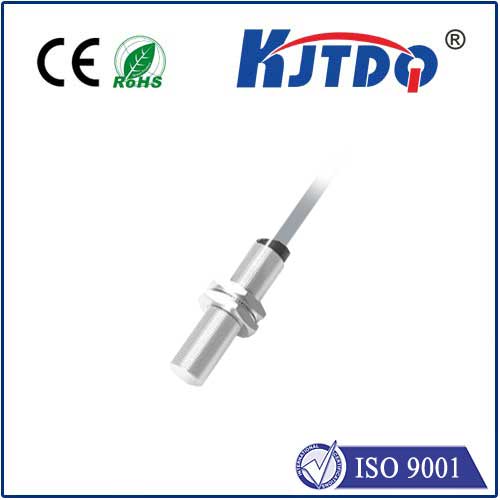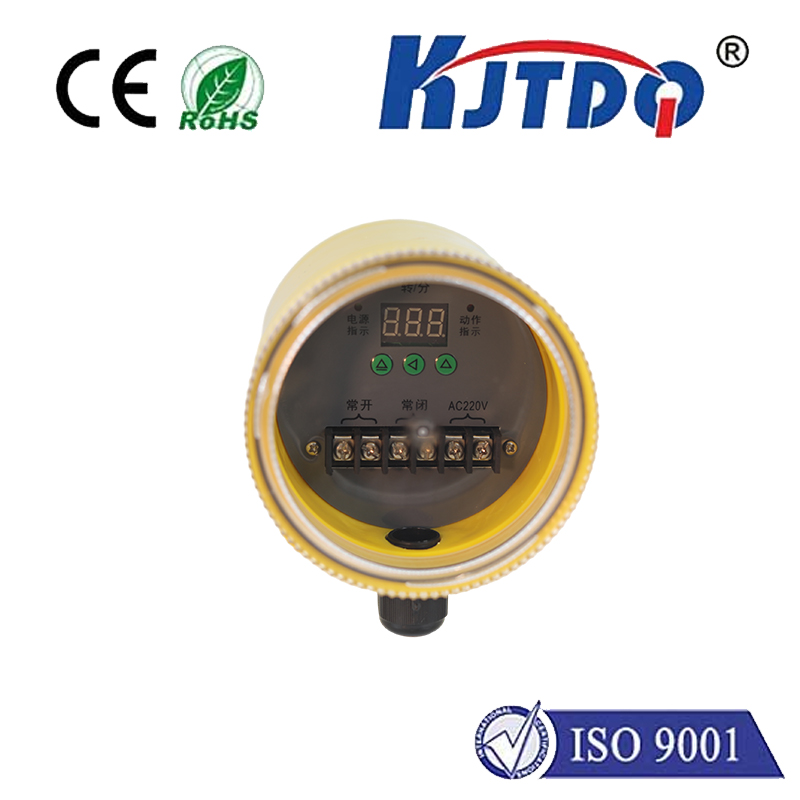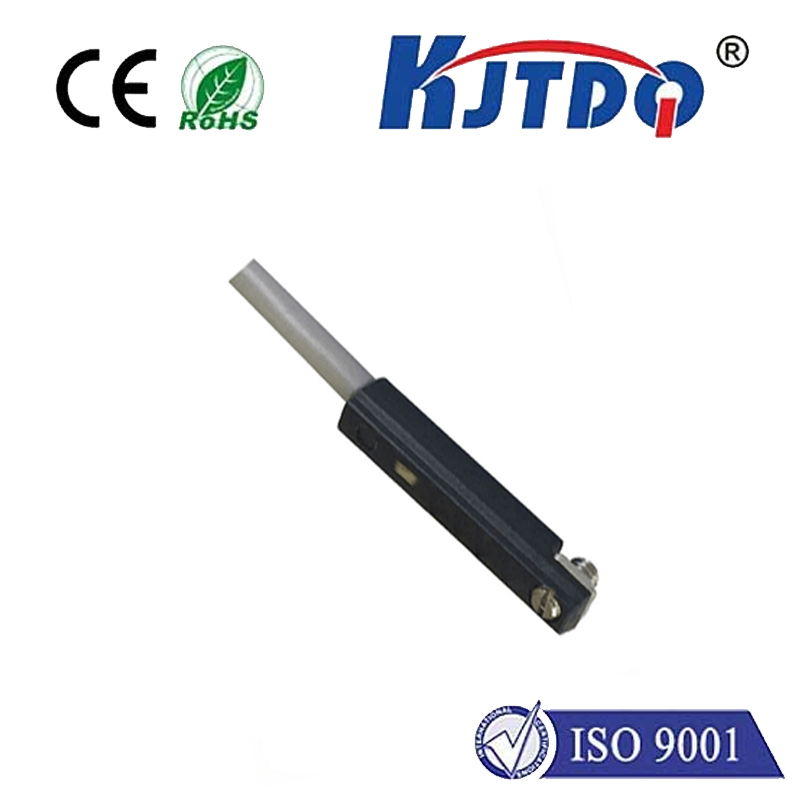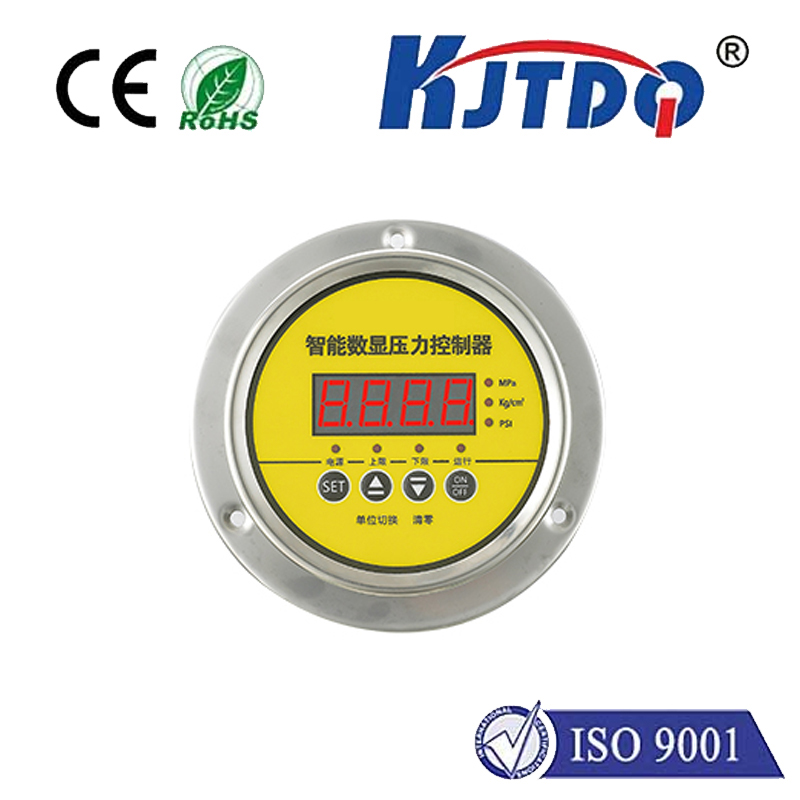

check

check

check

check
Radar Proximity Sensor: Enhancing Safety and Efficiency in Modern Vehicles
In today’s fast-paced automotive industry, safety and efficiency are paramount. One of the key technologies that significantly contributes to these goals is the radar proximity sensor. This device plays a crucial role in modern vehicles, especially in ensuring driver safety and improving overall performance.
A radar proximity sensor is a type of sensor that uses radar technology to detect objects in the surrounding environment. Unlike traditional sensors that rely on optical or ultrasonic methods, radar sensors emit radio waves and measure the time it takes for the waves to bounce back, allowing them to determine the distance and speed of nearby objects. This makes them particularly effective in detecting obstacles in adverse weather conditions, such as rain, snow, or fog, where optical sensors might fail.

The primary function of a radar proximity sensor is to provide early warning of potential collisions. By continuously monitoring the vehicle’s surroundings, it can detect objects within a certain range and send signals to the car’s control system. This system can then trigger various alerts, such as brake lights, parking assist, or automatic braking, depending on the vehicle’s configuration. In some cases, it can even trigger automatic emergency braking to prevent accidents.
One of the most significant advantages of a radar proximity sensor is its ability to work in low visibility conditions. Unlike ultrasonic sensors, which are sensitive to sound waves and may be affected by noise or distance, radar sensors can detect objects regardless of the environment. This makes them ideal for use in autonomous driving systems, where reliable detection is essential for safe navigation.
Moreover, radar proximity sensors are often integrated with other advanced technologies, such as LiDAR and camera systems, to create a multi-sensor fusion approach. This integration enhances the accuracy and reliability of the vehicle’s perception system, allowing it to make more informed decisions. In high-speed vehicles or automated driving environments, this synergy is particularly important for maintaining safety and control.
Another benefit of radar proximity sensors is their long-range detection capability. While ultrasonic sensors are typically used for short-range detection, radar sensors can detect objects up to hundreds of meters away. This makes them suitable for applications such as parking assistance, autonomous parking, and vehicle-to-vehicle communication.
Despite their advantages, radar proximity sensors are not without their challenges. They can be affected by interference from other electronic devices or weather conditions, which may impact their performance. Additionally, the cost of integration can be higher compared to traditional sensors, which may limit their adoption in some markets. However, as technology continues to advance, these limitations are being addressed, and the benefits of radar proximity sensors are becoming increasingly clear.
In conclusion, the radar proximity sensor is an essential component in modern vehicles, playing a critical role in enhancing safety, efficiency, and autonomous driving capabilities. As automotive technology evolves, the importance of these sensors will only grow, making them a key focus for innovation and development in the industry.
